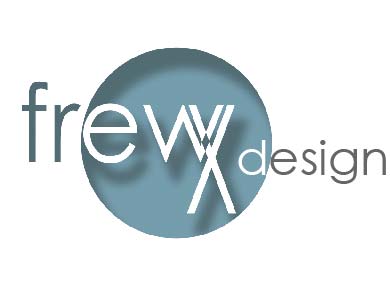A Review of:
"100 Things Every Designer Needs to Know About People"
Susan M. Weinschenk, Ph.D.
Why is ‘100 Things Every Designer Needs to Know About
People’ by Susan M. Weinschenk, Ph.D. relevant
to UX design? Susan M. Weinschenk
expertly links the psychology and science of the human mind with the tried and
true principles of design.
 |
| source - Pearson Press |
According to Weinschenk, design is deeply rooted in
psychology and human behaviour. Beyond
making things pretty, good design is about functionality, accessibility and
usability. Understanding a user’s
psychology will make creating a usable experience intuitive and straight
forward. In ‘100 Things’ each
topic is discussed from the perspective of the user, focusing on how their
psychology plays a part in their actions.
Understanding the psychology behind a user’s actions can inform design
decisions and impact the user experience.
 |
| source - 90 Degree Office concepts |
source - Melissa Frew
As mentioned, Weinschenk divides her book into 100 topics to
be discussed These topics are further grouped into 10 main categories. Three main categories stuck with me long after
finishing the book.
1.
How people think Weinschenk does a masterful job of putting
the reader into the mind of the user. As
designers, we all know the heuristics and rules of thumb that tell us how a user
will interact with content. Weinschenk takes
this one step further and opens up many more areas of discussion. I had not realized just how much a user’s
mind will wander or how little one person can focus on at a time. The psychology behind decisions that users make
will help me in future design concepts.
 |
| source - Gravitas Magazine |
2.
How people see As an artist, I was unaware that when people imagine or draw an object, they tend to picture the objects from a slight
angle above and tilted. Yes, when I draw
and doodle I use this angle a great deal but, I had no idea this was a universal
view. Weinschenk also discusses sight
based on diversity and disability. These
elements can greatly impact how a design is interpreted. Culturally, we tend to interpret colours in
very different ways. Keeping the
demographic and target audience in mind when designing is important. I have also come to realize that my love
affair with low contrast will not be usable by those with disabilities. It may seem pretty to me but if it is not
usable or accessible it will fail as a design.
 |
| source |
3.
How people feel The impact of storytelling and anecdotes
on how people digest content is noteworthy.
Weinschenk directly correlates the ability to tell a great story with
the ability to engage users’. As a UX professional
a focus on telling interactive and engaging stories will aid users with their journey. People want to relate to one another; stories
give us that access.
 |
| Source - YIPA (Youth Intervention Programs Association) |
The greatest asset of this book is the ability of Weinschenk to take a fact, whether it be psychology or science, and directly show how it should impact design decision. In each section and for each of the 100 tidbits discussed the final part of the page is a section titled ‘takeaways’. Within this section Weinschenk takes the particular fact that is being discussed and turns it around with a creative solution. The ‘takeaways’ became my favourite part of the book as I tried to guess at what she might suggest. Weinschenk encouraged me to look at problems through a different lens, not so much as problems but as opportunities for engagement.
 |
| source - EdLab |

